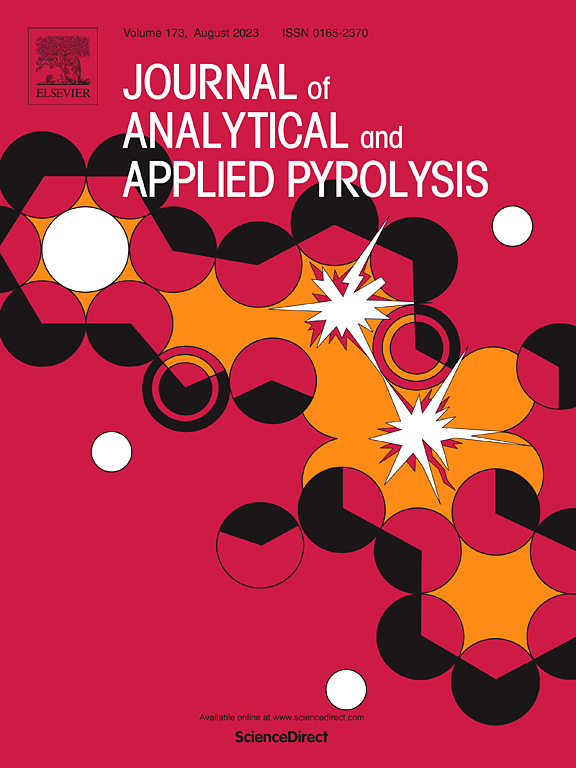The catalytic effect of nano Fe, Co, Ni, Cu and Zn oxides on the thermal decomposition of ammonium perchlorate-based molecular perovskite (DAP-4)
IF 6.2
2区 化学
Q1 CHEMISTRY, ANALYTICAL
引用次数: 0
Abstract
Energetic molecular perovskites are unique high-energy systems with good thermal stability and energetic parameters. For practical applications in explosives and propellant formulations, the ignition delay of these systems has to be reduced by using suitable catalysts. In this study, 1,4-diazabicyclo [2.2.2] octane-1,4-diium ammonium triperchlorate (DAP-4) molecular perovskite was synthesized by molecular assembly strategy and nano metal oxides of Fe, Co, Ni, Cu and Zn were synthesized by the co-precipitation method. The effect of these metal oxides on the thermal decomposition of DAP-4 was studied. X-ray diffraction, Fourier transform infrared spectroscopy and field emission scanning electron microscopy were employed to understand the structure and morphology of DAP-4 and nano metal oxides. The catalytic activity of the metal oxides on the thermal decomposition of DAP-4 was evaluated using thermogravimetry-differential scanning calorimetry. Among the different nano metal oxides, nano CuO showed the best catalytic effect for the thermal decomposition of DAP-4. The decomposition peak temperature of DAP-4 was decreased by 61°C for the CuO catalyzed reaction.
纳米Fe、Co、Ni、Cu和Zn氧化物对高氯酸铵基分子钙钛矿(DAP-4)热分解的催化作用
高能分子钙钛矿是一种独特的高能体系,具有良好的热稳定性和能量参数。在炸药和推进剂配方的实际应用中,必须通过使用合适的催化剂来减少这些系统的点火延迟。本研究采用分子组装策略合成了1,4-重氮杂环[2.2.2]辛烷-1,4-三高氯酸二铵(DAP-4)分子钙钛矿,并采用共沉淀法合成了Fe、Co、Ni、Cu和Zn的纳米金属氧化物。研究了这些金属氧化物对DAP-4热分解的影响。采用x射线衍射、傅里叶变换红外光谱和场发射扫描电镜对DAP-4和纳米金属氧化物的结构和形貌进行了研究。采用热重-差示扫描量热法评价了金属氧化物对DAP-4热分解的催化活性。在不同的纳米金属氧化物中,纳米CuO对DAP-4的热分解表现出最好的催化效果。在CuO催化下,DAP-4的分解峰温度降低了61℃。
本文章由计算机程序翻译,如有差异,请以英文原文为准。
求助全文
约1分钟内获得全文
求助全文
来源期刊
CiteScore
9.10
自引率
11.70%
发文量
340
审稿时长
44 days
期刊介绍:
The Journal of Analytical and Applied Pyrolysis (JAAP) is devoted to the publication of papers dealing with innovative applications of pyrolysis processes, the characterization of products related to pyrolysis reactions, and investigations of reaction mechanism. To be considered by JAAP, a manuscript should present significant progress in these topics. The novelty must be satisfactorily argued in the cover letter. A manuscript with a cover letter to the editor not addressing the novelty is likely to be rejected without review.

 求助内容:
求助内容: 应助结果提醒方式:
应助结果提醒方式:


